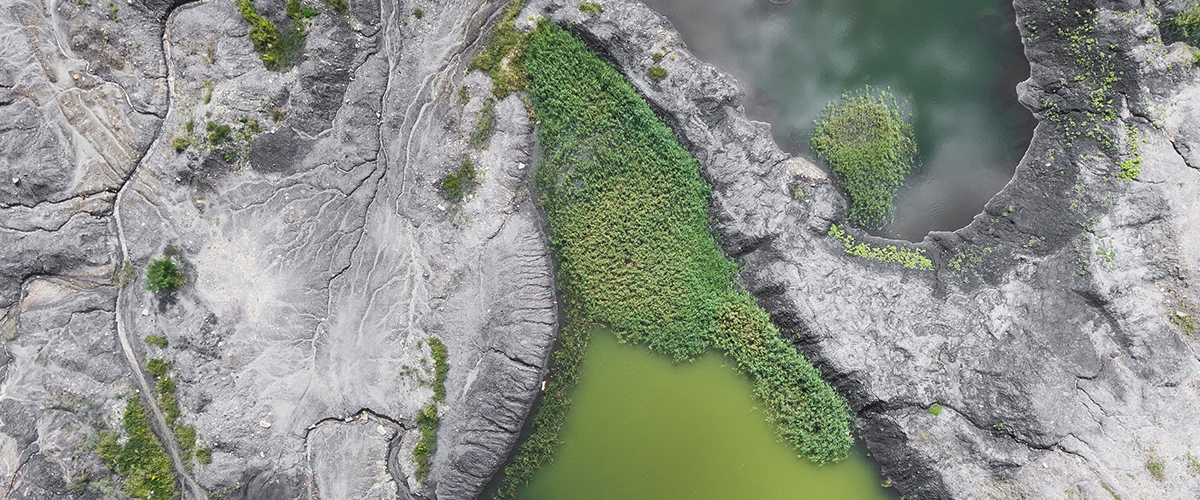Research Results
Two significant initiatives have emerged from our research in deep maps and spatial narratives: 1) an NEH Advanced Institute and 2) a prototype deep map. In 2012, we hosted the advanced institute, Spatial Narratives and Deep Maps: Explorations in the Spatial Humanities, designed to advance exploration of deep maps in the humanities. It brought together 12 leading scholars from around the world to explore how deep maps can support relevant humanities issues, and ultimately, to develop a prototype deep map. Related resources:
A Draft of the Deep Map Interface
An Exploration of Deep Maps, blog by David J. Bodenhamer
Defining Deep Maps, collective blog by NEH institute participants
For more information, contact David Bodenhamer.


